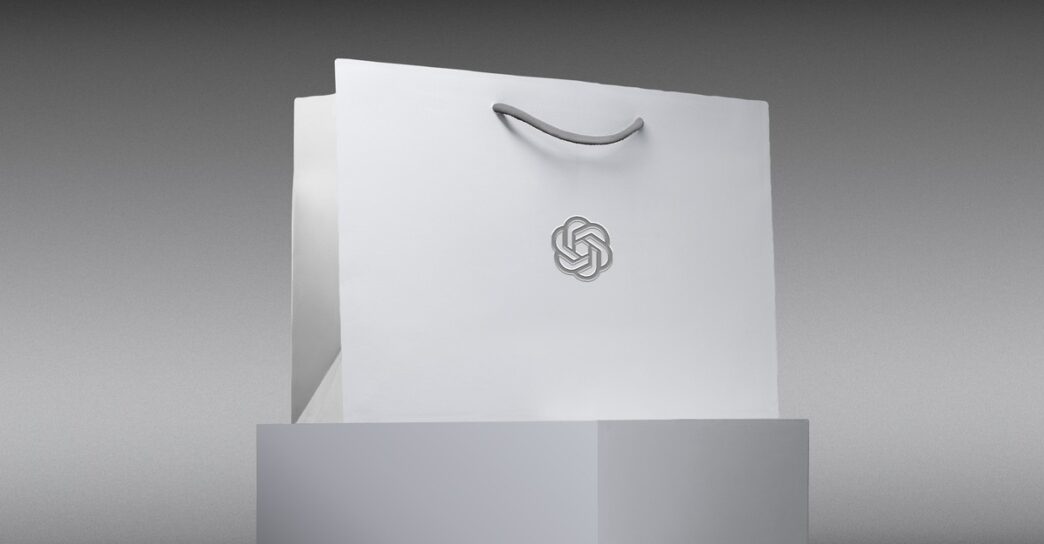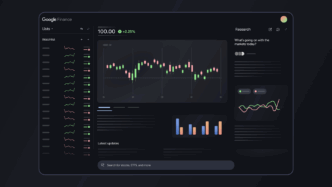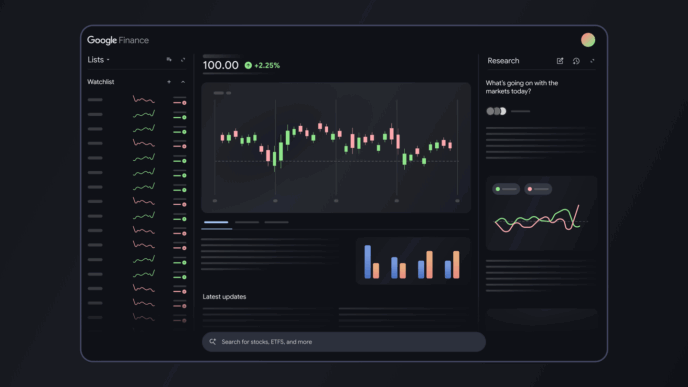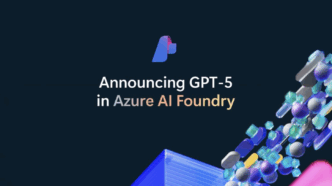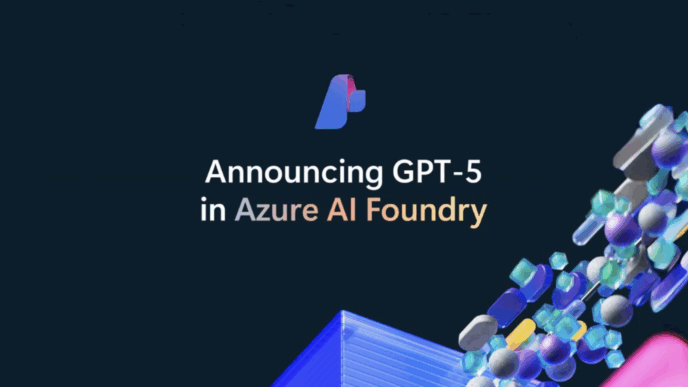OpenAI launched GPT-5 today, aiming to crush competitors with a model that works like a Ph.D.-level expert on demand. Sam Altman teased the launch last night with a Death Star image on X, signaling a powerful new release.
The upgrade improves writing, coding, math, and science skills. Altman promised anyone “will be able to do more than anyone in history could.” But beyond raw intelligence, the focus is on ease of use and personalization.
GPT-5 streamlines OpenAI’s fragmented product lineup. It adapts its “reasoning” power automatically, replacing multiple older models. Mark Chen, OpenAI’s chief research officer, said GPT-5 “eliminates this choice” and OpenAI is retiring many of its previous models.
The launch coincides with OpenAI hitting 700 million weekly ChatGPT users worldwide. The company also serves nearly every Fortune 500 firm and offers enterprise accounts to federal agencies for free or near-free. OpenAI’s tech empire is aiming for a $500 billion valuation.
New features include customizable personalities, color schemes, Gmail and Google Calendar integrations, and improved memory through past chat data. These aren’t intelligence upgrades but make ChatGPT feel more personal and sticky for users.
Sam Altman on GPT-5’s usability boost:
“The important point is this,” Altman said, pinching a thumb and index finger together for emphasis:
“We think you will love using GPT-5 much more than any previous AI.”
The GPT-5 announcement video and page had some errors in charts and labels, raising eyebrows about OpenAI’s data accuracy. Still, competitors like Google Gemini, Anthropic’s Claude, and xAI’s Grok challenge GPT-5 on some benchmarks.
OpenAI’s gamble? User experience over sheer wizardry. This model isn’t just smarter; it’s designed to become your all-in-one AI assistant, making switching to rivals harder than ever.
OpenAI’s push for seamless, personalized AI use is clear: The future isn’t just artificial intelligence, it’s artificial general assistance.

